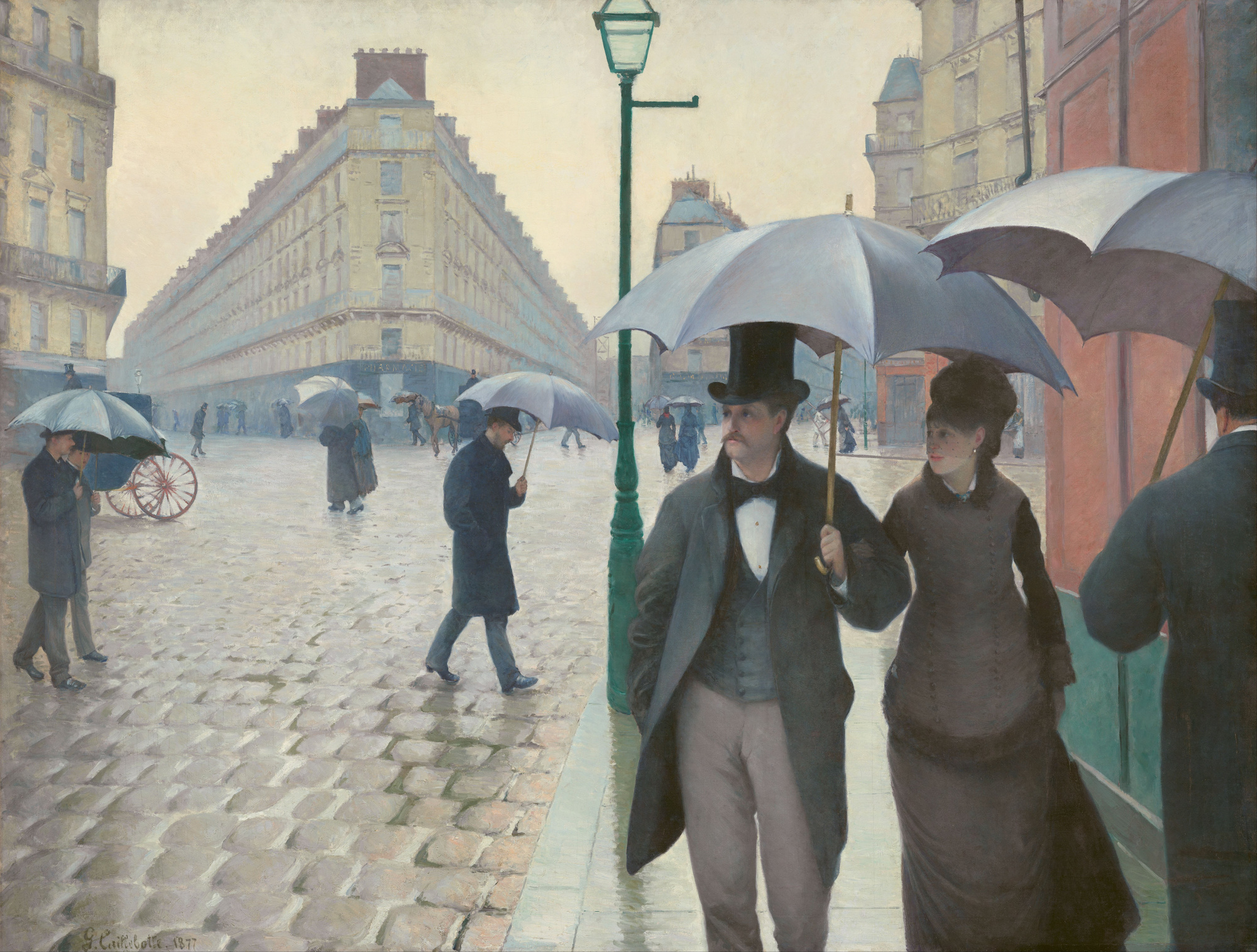“The time-honored tradition of the flâneur is when the solitary walker ambles through the metropolis, experiencing its richness and diversity when freed from the need to use it.”
–Will Self, interviewed in World Hum
“He (or she) is not a foreign tourist eagerly tracing down the Major Sights and ticking them off a list of standard wonders. He (or she) is in search of a private moment, not a lesson, and whereas wonders can lead to edification, they are not likely to give the viewer gooseflesh. No, it is the private Proustian touchstone — the Madeline, the tilting paving stone — that the flâneur is tracking down.”
–Edmund White, The Flâneur
“His passion and his profession is to merge with the crowd. For the perfect idler, for the passionate observer it becomes an immense source of enjoyment to establish his dwelling in the throng, in the ebb and flow, the bustle, the fleeting and the infinite. To be away from home and yet to feel at home anywhere; to see the world, to be at the very center of the world, and yet to be unseen of the world, such are some of the minor pleasures of those independent, intense and impartial spirits, who do not lend themselves easily to linguistic definitions. Thus the lover of universal life moves into the crowd as though into an enormous reservoir of electricity.”
–Charles Baudelaire, “The Painter of Modern Life”
“There are ways of being a tourist that can challenge and disturb dominant constructions of the spaces of a town or city, heterotopias. This notion takes up the ideal of a flâneur, the strolling pedestrian who is able to travel, arrive, gaze, move on, be anonymous in a kind of liminal zone. The flâneur is attracted to the city’s dark corners, to chance encounters to confront the unexpected, to engage in a kind of counter-tourism that involves a poetic confrontation of the supposedly “real” “authentic” life uncluttered by the dominant visual/tourist images of that place.”
–Carol Crawshaw and John Urry, “Tourism and the Photographic Eye”
“In the 1950’s the French Situationists developed a technique for travel which they called the derive, the ‘drift.’ They were disgusted with themselves for never leaving the usual ruts and pathways of their habit-driven lives; they realized they’d never even seen Paris. They began to carry out structureless random expeditions through the city, hiking or sauntering by day, drinking by night, opening up their own tight little world into a terra incognita of slums, suburbs, gardens, and adventures. They became revolutionary versions of Baudelaire’s famous flâneur, the idle stroller, the displaced subject of urban capitalism.”
–Hakim Bey
“While the traveler encounters descriptions of tourist attractions such as Versailles, the Louvre and the Tuileries, the flâneur balances them with equal care and attention for the nuances of the city. His collection of the details of gossip, statements, and facts forms a kind of journalistic recherché in the street.”
–Anke Gleber, The Art of Taking a Walk
“If we were to map out our daily movements, we’d find that we tend to stick to what we know with little deviation. We move from our house to our job to the gym to the supermarket, back to the house, and get up the next day to do it all again. Guy Debord, one of the key figures in situationism, proposed taking a holiday from those routines in the form of the derive or drift, which was meant to renew the urban experience by intentionally moving through our urban spaces without intention, opening ourselves up to the spectacle and theater that is the city. Debord claimed that our urban spaces are rich places — full of untold encounters, wondrous architecture, complex human interaction — that we’ve grown too numb to experience. His remedy was to take a day or two out and disorient ourselves by stumbling about our city, tempering the grid of urbanity with the organic quality of not knowing, being pulled by intuition and desire, not by obligation and necessity. …By talking our city’s physical geography and overlaying it with psychogeography — a technique of mapping the psychic and emotional flows of a city instead of its rational street grids — we become more sensitive to our surroundings. …Psychogeography can take many forms: One could create a psychogeographic map of a city’s language by making a derive from point A to point B, writing down every word your eyes encounter on buildings, signage, parking meters, flyers and so forth. You’d end up with a trove of rich language, myriad in its tones and directives, comprised of peripheral words you’d most likely never paid attention to, such as the fine print on a parking meter.”
–Kenneth Goldsmith, Uncreative Writing

